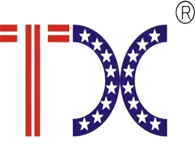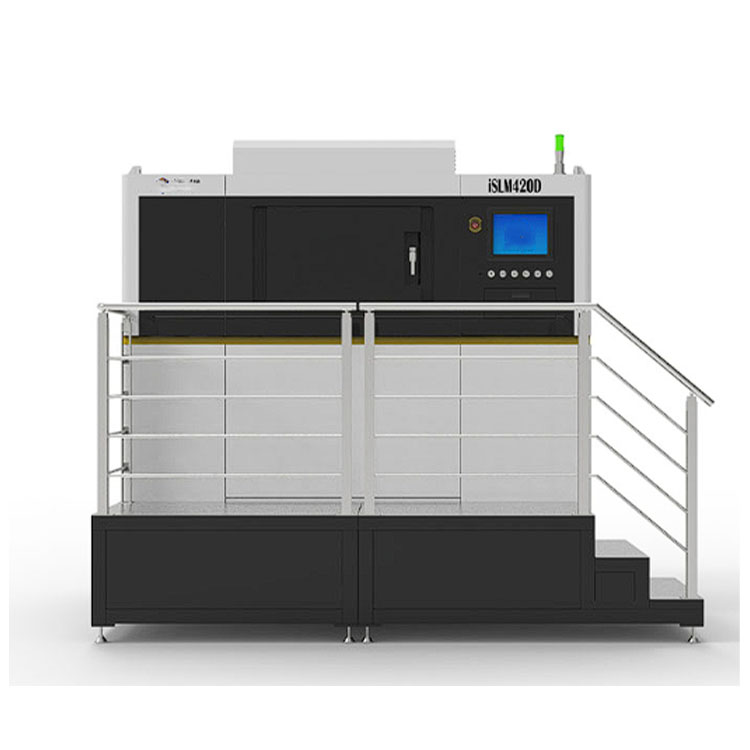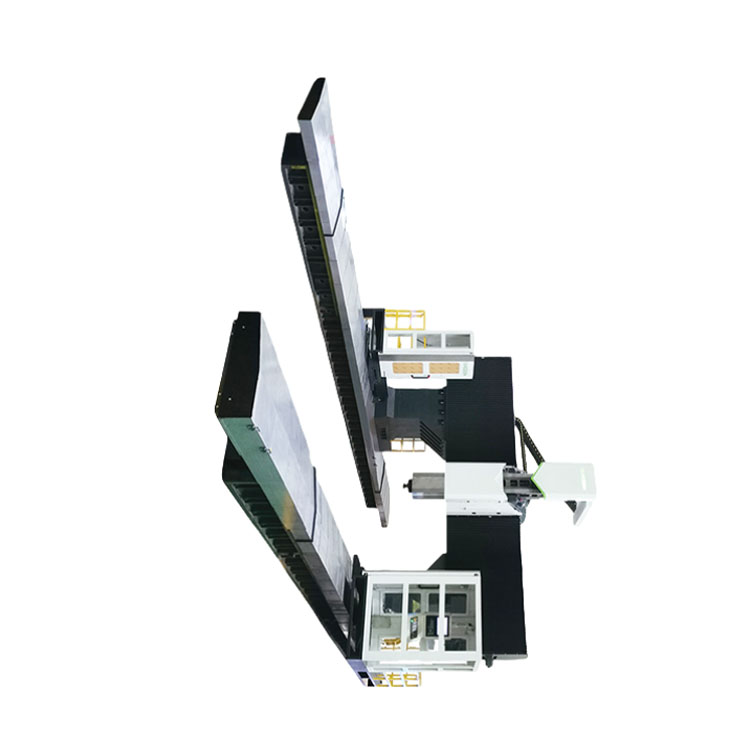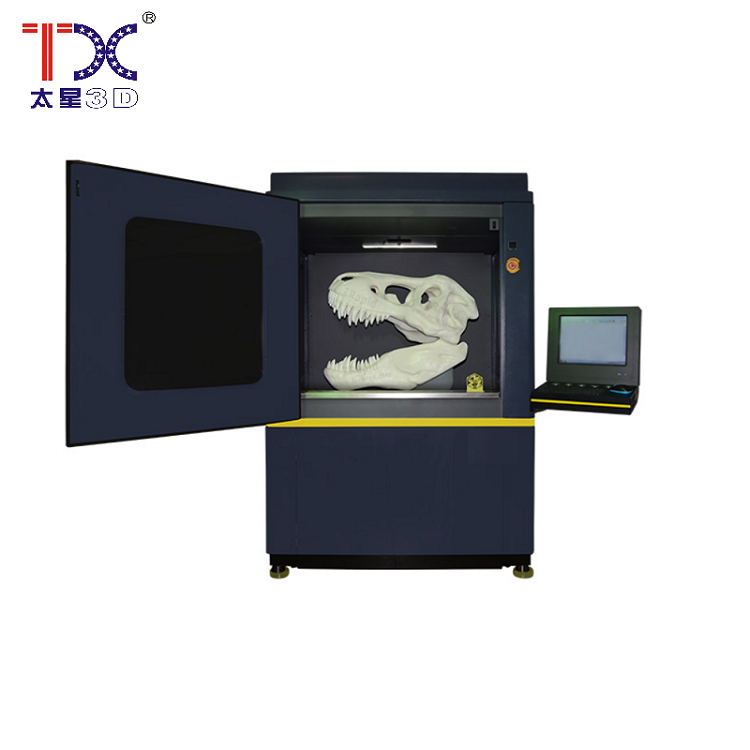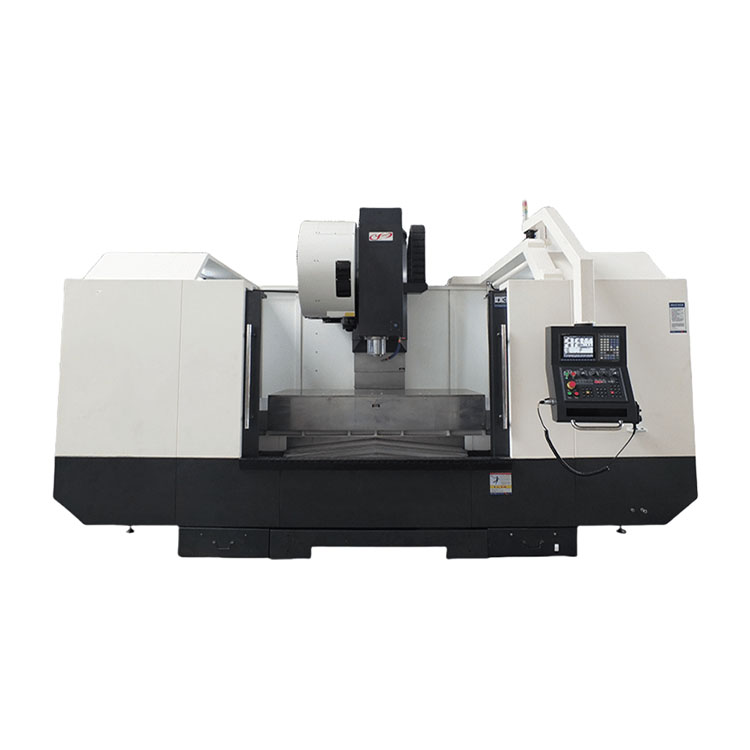
Chinese factories to eliminate 3D printing problems
Search and elimination of 3D printing problems onChinese factories to eliminate 3D printing problemsIt can be a difficult task that requires a deep understanding of both the 3D printing process and the specifics of a particular equipment. An effective solution to problems includes a systematic approach, from the diagnosis of the main causes of defects to the use of corrective measures. This article discusses the common problems of 3D printing and methods for their solutions used in Chinese factories to ensure high quality products.
Common problems of 3D printing and their causes
3D printing, like any production process, is subject to various problems. Understanding these problems and their main reasons is the first step to an effective solution.
Problems with adhesion of the first layer
Poor adhesion of the first layer is one of the most common problems. If the first layer does not stick to the platform, the subsequent layers will also be printed incorrectly.
- Reasons:The improper height of the nozzle, an insufficiently heated platform, a contaminated platform, the inappropriate platform material.
- Solutions:Adjust the height of the nozzle, increase the temperature of the platform, clean the platform with alcohol or acetone, use the appropriate platform material (for example, blue tape, adhesive-pencil).
Deformation (Warpping)
Deformation occurs when the printing angles rise from the platform during printing.
- Reasons:The difference in temperature between the layers is not a heated platform, drafts in the room.
- Solutions:Increase the temperature of the platform, use the closed print chamber to maintain a constant temperature, apply glue to the platform to improve adhesion.
DELAMINATION (DELAMINATION)
Sliding is the separation of the layers of the imprint during printing.
- Reasons:Insufficient nozzle temperature, insufficient cooling, low print speed, weak adhesion between layers.
- Solutions:Increase the temperature of the nozzle, reduce the cooling rate, increase the print speed, make sure that the right material is used.
Support problems
Support is necessary for printing overhanging parts of the model, but they can cause problems if they are incorrectly designed or removed.
- Reasons:Incorrect geometry of support, too strong clutch with the model, fragile material of support.
- Solutions:Use the correct geometry of support (for example, tree support), reduce the density of supports, use material that is easily deleted.
Clotting of the nozzle
The clogging of the nozzle leads to uneven feeding of the material or a complete stop of printing.
- Reasons:Contaminated material, incorrect nozzle temperature, too slow print speed.
- Solutions:Use clean material, check and adjust the nozzle temperature, increase print speed, use special tool cleaning tools.
Displacement of layers
The displacement of the layers occurs when one or more layers move relative to others, which leads to defects in geometry.
- Reasons:Weak belts tension, improper calibration, printer vibration, problems with engines drivers.
- Solutions:Check and pull the belts, calibrate the printer correctly, install the printer on a stable surface, update or replace the engine drivers.
Methods for eliminating problems in Chinese factories
Chinese factories to eliminate 3D printing problems, as a rule, have well -organized processes of elimination of problems that include:
Diagnostics
The first step is the exact diagnosis of the problem. This includes a visual inspection of the print, checking the printer settings and analysis of the log files.
Using diagnostic tools
In factories, specialized tools are often used to identify problems, such as:
- Visual control cameras:To detect surface defects and internal defects.
- Temperature sensors:To check the temperature of the nozzle and platform.
- Vibration sensors:To identify vibration, which can cause displacement of layers.
Data analysis
The collected data is analyzed to determine the main reasons for the problem. This process can include:
- Comparison with reference prints:Comparison of a problem imprint with a print made under perfect conditions.
- Statistical analysis:Analysis of data on temperature, speed and other parameters for identifying anomalies.
Corrective actions
After determining the cause of the problem, corrective actions are used. This may include:
- Printer settings change:Optimization of temperature, speed and other print parameters.
- Replacing components:Replacing damaged or worn out printer components, such as nozzles, heaters and engines.
- Changing the material:The use of another material that is more suitable for a specific task.
Examples of solving problems in Chinese factories
LLC Syamin Taisin mechanical electric (https://www.3dcnc-mechanical.ru/) is one of the leading enterprises that provides services to eliminate 3D printing problems, and the following are examples of howChinese factories to eliminate 3D printing problemssolve certain problems:
Example 1: Elimination of deformation when printing bulky parts
Problem:Deformation of large -sized parts from ABS plastic.
Solution:
- Using a closed print chamber to maintain a constant temperature.
- The use of a heated platform with a temperature of 110 ° C.
- Using glue to improve adhesion of the first layer.
- Slow down the print speed of the first few layers.
Example 2: Eliminating the clogging of the nozzle when printing with flexible material
Problem:Clotting of the nozzle when printing TPU.
Solution:
- Using a larger -diameter nozzle (0.6 mm).
- Reduction in print speed.
- Disconnecting retracts (delaying the material).
- Using a special feeder for flexible materials.
Example 3: Eliminating the displacement of layers when printing at high speed
Problem:Displacement of layers when printing at a speed of 80 mm/s.
Solution:
- Increased belts tension.
- Installing dampers on engines to reduce vibration.
- Reducing acceleration and jerking.
- Printer calibration check.
Table: Comparison of various materials for 3D printing and their features
| Material | Advantages | Flaws | Typical problems | Solutions |
|---|---|---|---|---|
| Pla | The ease of printing, biodegradable | Low heat resistance | Deformation, poor adhesion | Platform heating, glue, closed camera |
| ABS | High strength, heat resistance | The complexity of printing, the allocation of the smell | Deformation, stratification | High platform temperature, closed chamber |
| TPU | Flexibility, elasticity | The complexity of printing, clogging of the nozzle | Flooding of the nozzle, sticking | Slow printing, special feeder |
Tips for preventing 3D printing problems
Prevention of problems is the best solution. The following tips will help reduce the likelihood of problems in 3D printing:
- Use quality materials:Cheap or low -quality materials may contain pollution that cause clogging of the nozzle and other problems.
- Serv the printer regularly:Clean and lubricate the moving parts of the printer, check the belt tension and calibrate the printer.
- Correctly store the materials:Keep the materials in a dry place to avoid moisture absorption.
- Check the print settings:Make sure that the print settings correspond to the material used and the desired quality of the print.
- Spend test prints:Before the seal of complex models, it is recommended to draw a test imprint to make sure that everything works correctly.
Conclusion
Elimination of 3D printing problems onChinese factories to eliminate 3D printing problemsRequires a systematic approach, knowledge of common problems and the ability to use corrective actions. Thanks to the use of correct tools, data analysis and following recommendations, you can achieve high quality 3D printing and reduce the amount of marriage.
AppropriateProducts
Corresponding products
The best soldproducts
The best -selling products-
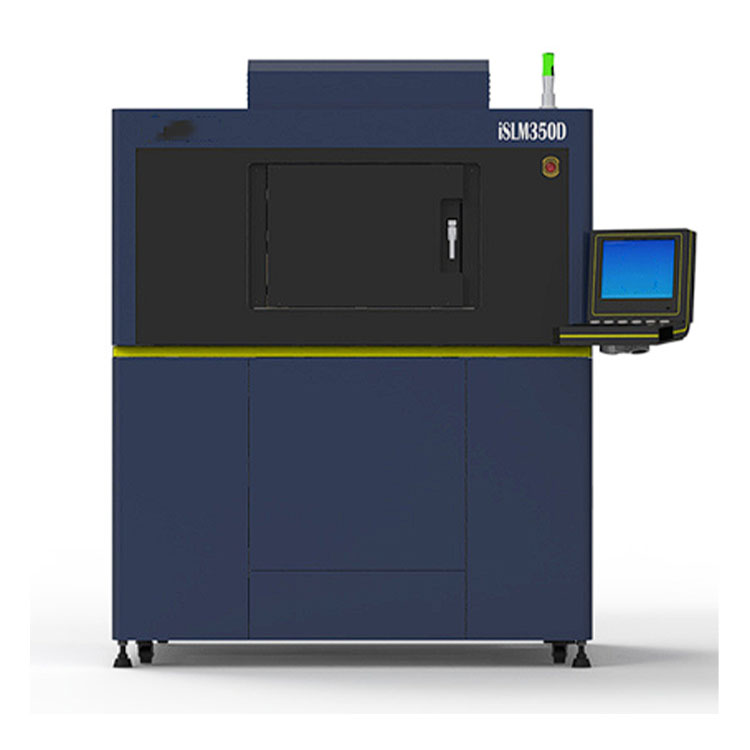 Taisin Metal 3D printer ISLM350D
Taisin Metal 3D printer ISLM350D -
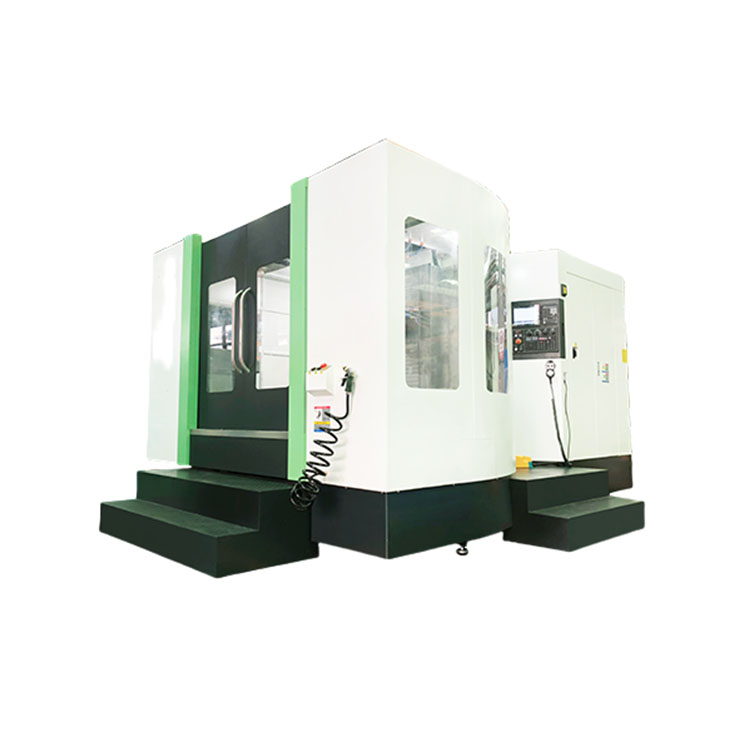 Taisin horizontal processing center with CNC High accuracy HMC TXHD-630
Taisin horizontal processing center with CNC High accuracy HMC TXHD-630 -
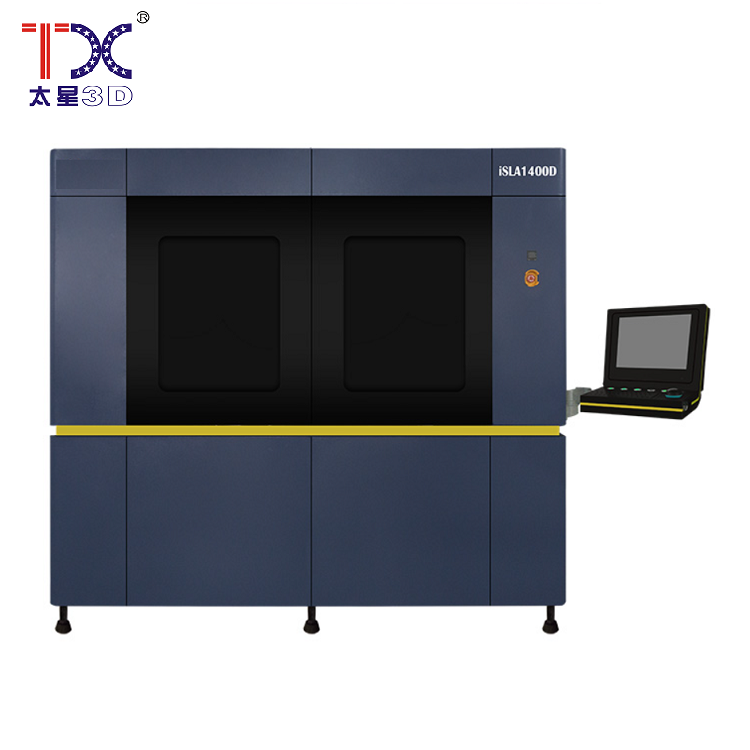 Taisin Light-adopted 3D printer SLA1300D
Taisin Light-adopted 3D printer SLA1300D -
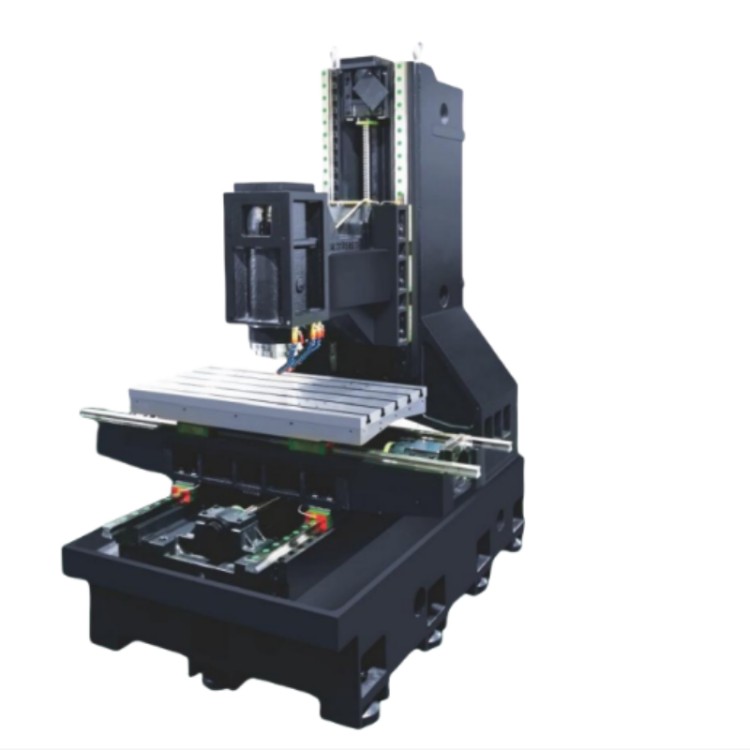 Taisin three-wire rail molding machine of high stiffness TX-6027
Taisin three-wire rail molding machine of high stiffness TX-6027 -
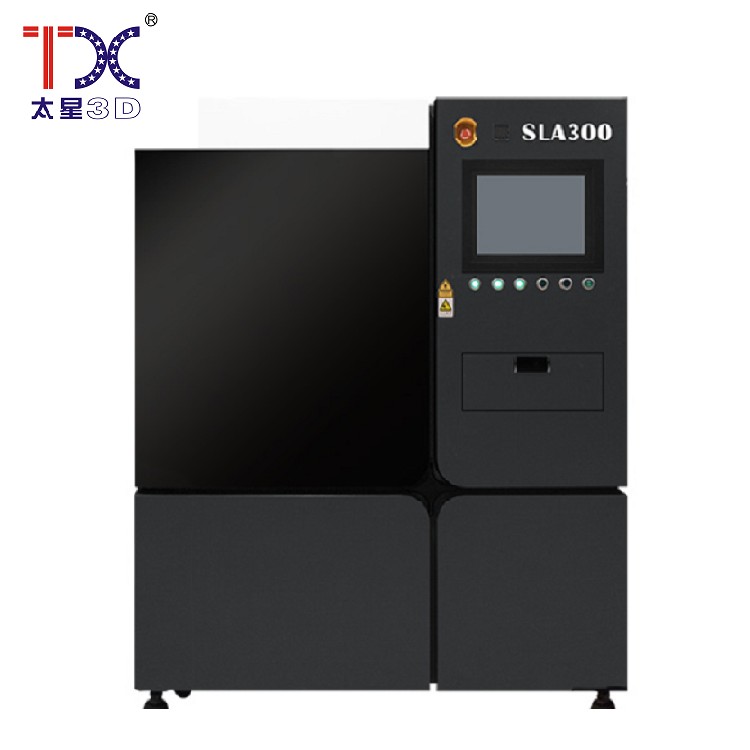 Taisin Light-adoptive 3D printer SLA300
Taisin Light-adoptive 3D printer SLA300 -
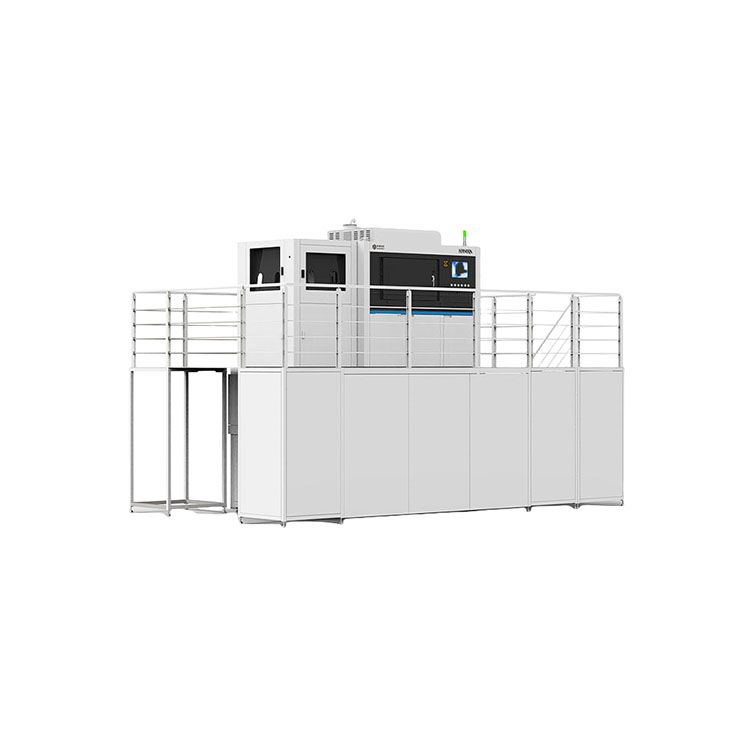 Taisin Metal 3D printer ISLM800QN
Taisin Metal 3D printer ISLM800QN -
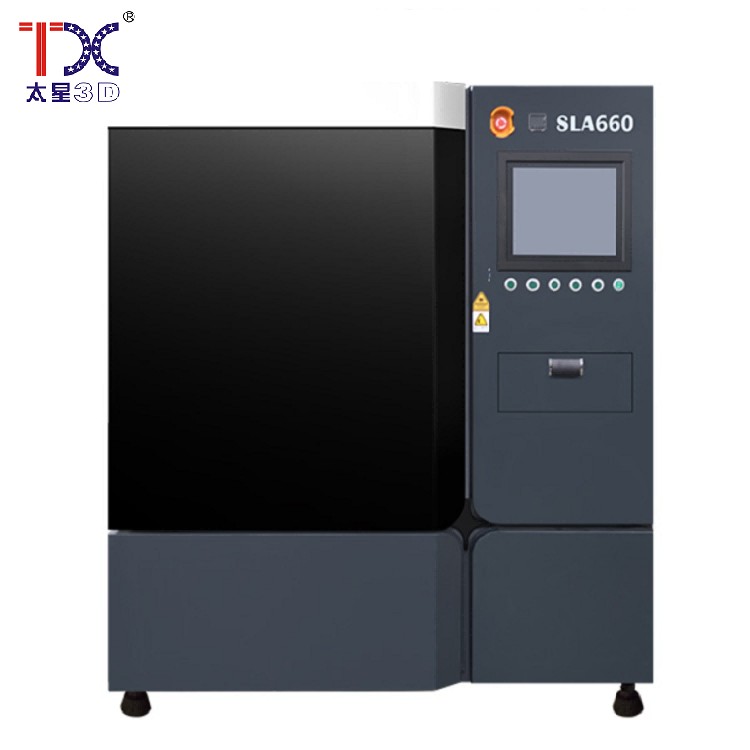 Taisin Light-adopted 3D printer SLA660
Taisin Light-adopted 3D printer SLA660 -
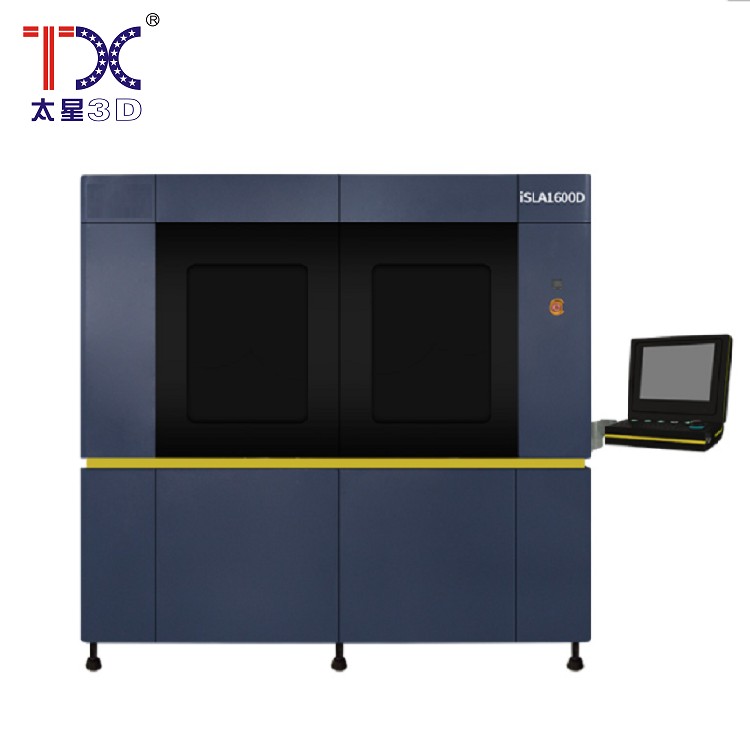 Taisin Light-adoptive 3D printer SLA1600D
Taisin Light-adoptive 3D printer SLA1600D -
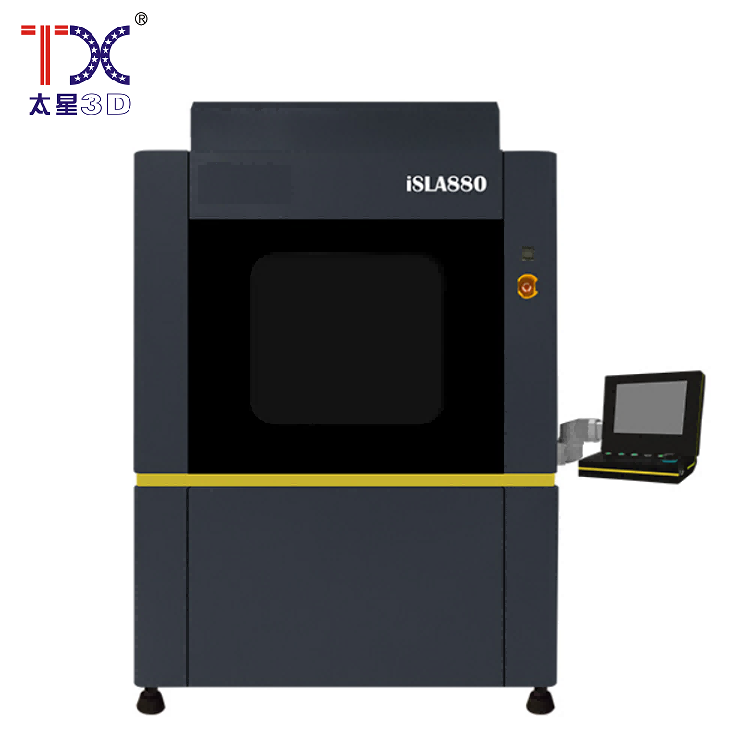 Taisin Light-adoptive 3D printer SLA880
Taisin Light-adoptive 3D printer SLA880 -
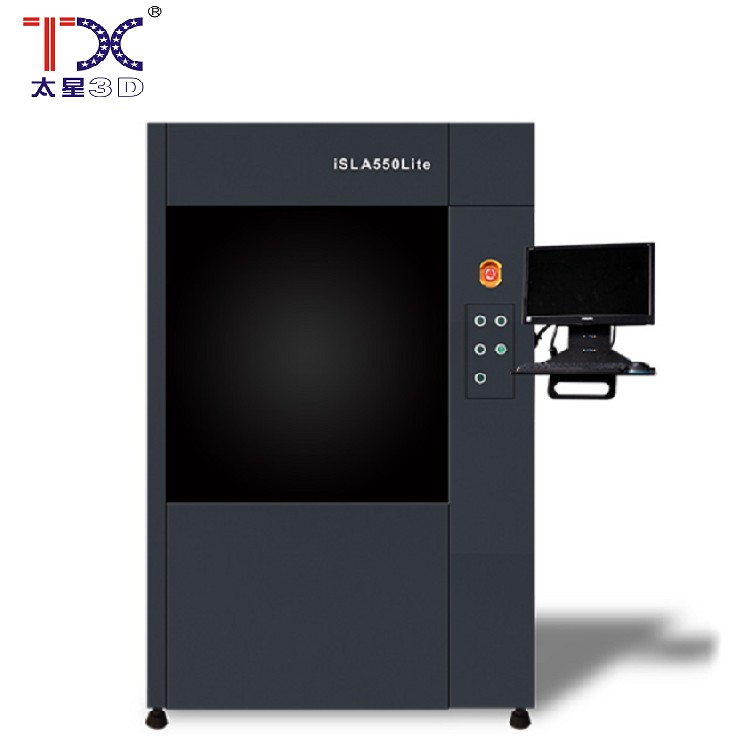 Taisin Light-adoptive 3D printer SLA550Lite
Taisin Light-adoptive 3D printer SLA550Lite -
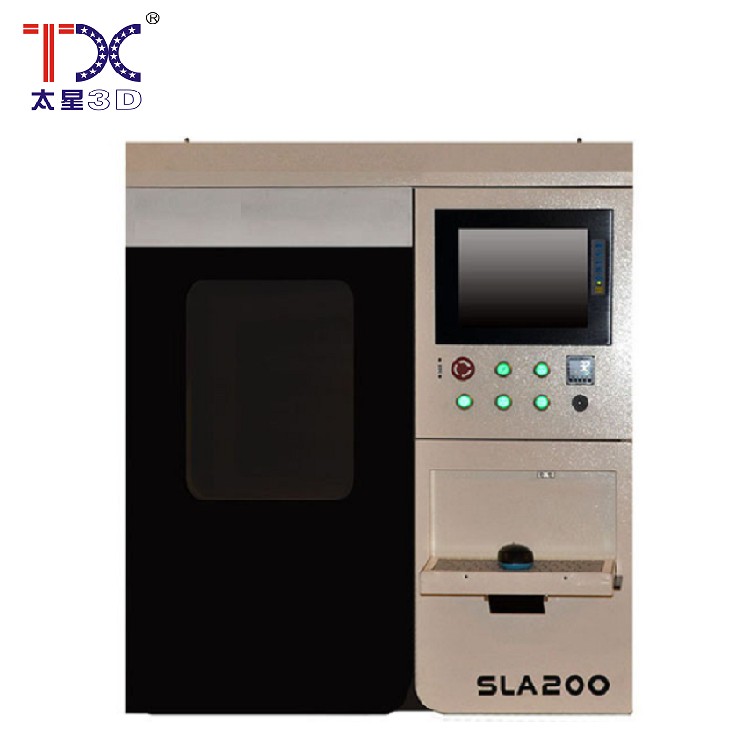 Taisin Light-adoptive 3D printer SLA200
Taisin Light-adoptive 3D printer SLA200 -
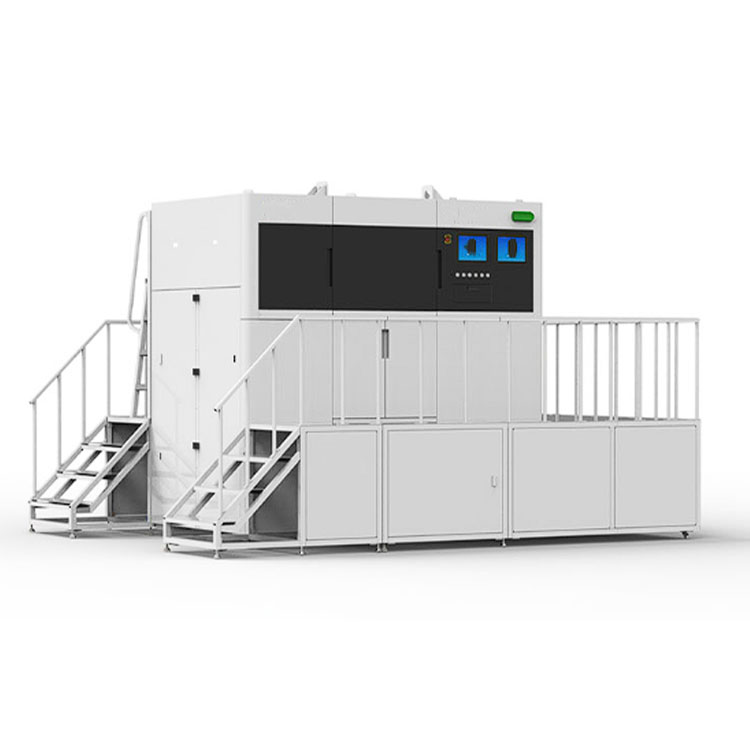 Taisin Metal 3D printer ISLM500D
Taisin Metal 3D printer ISLM500D
Connectedsearch
Related search- 11 CNC machine operators in China
- 3D printing manufacturers in China
- Manufacturers of 5-axial CNC machines in China
- Cultural and creative 3D pure
- Cheap suppliers of ceramic powder
- Cheap 5-axial processing centers factories
- Chinese suppliers of accuracy control 3D printing
- cheap 3D printing manufacturer
- Equipment for 3D printing
- Manufacturers of OEM 5-axis milling machines with CNC
